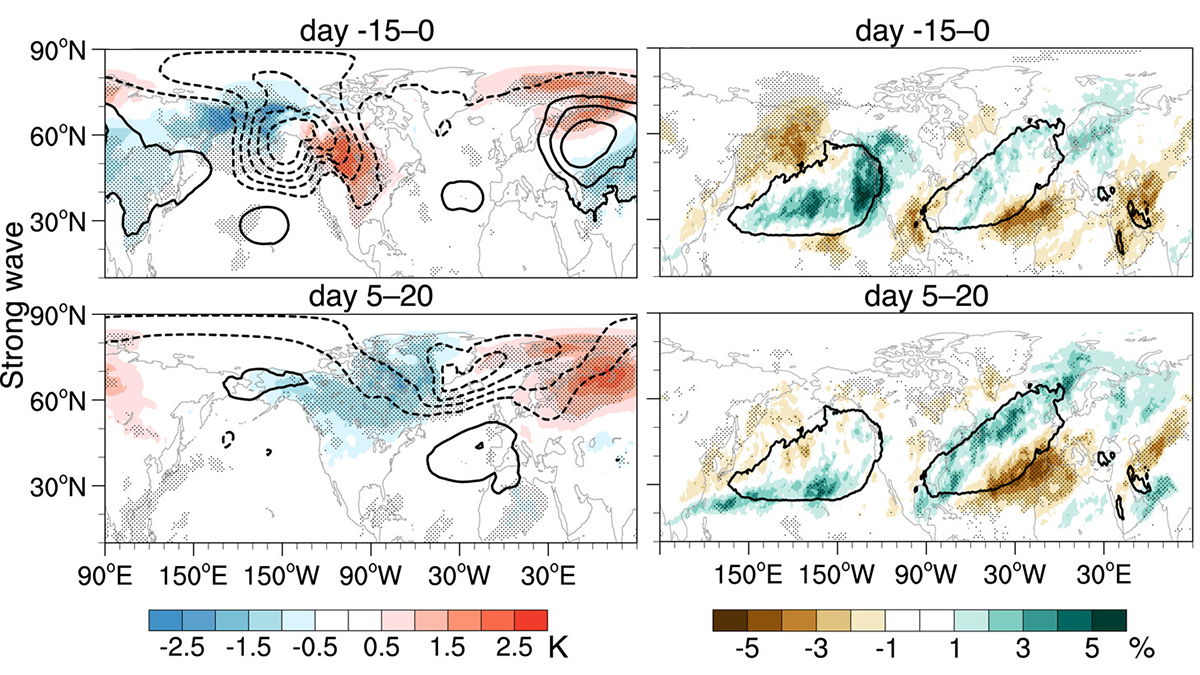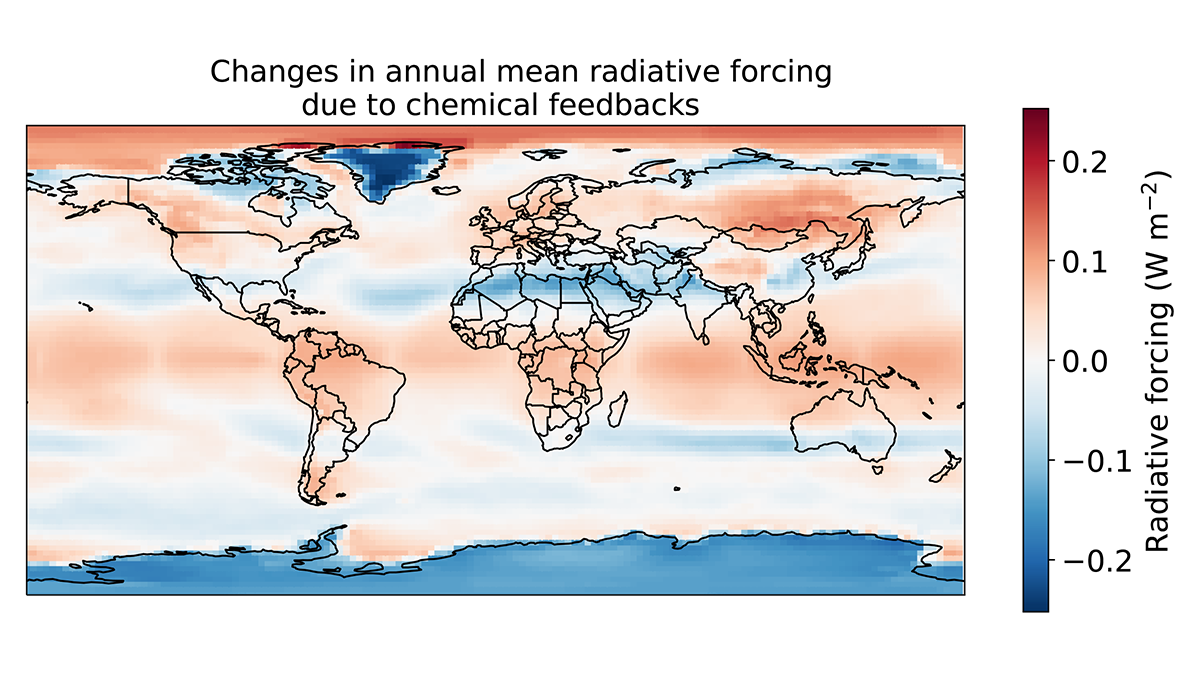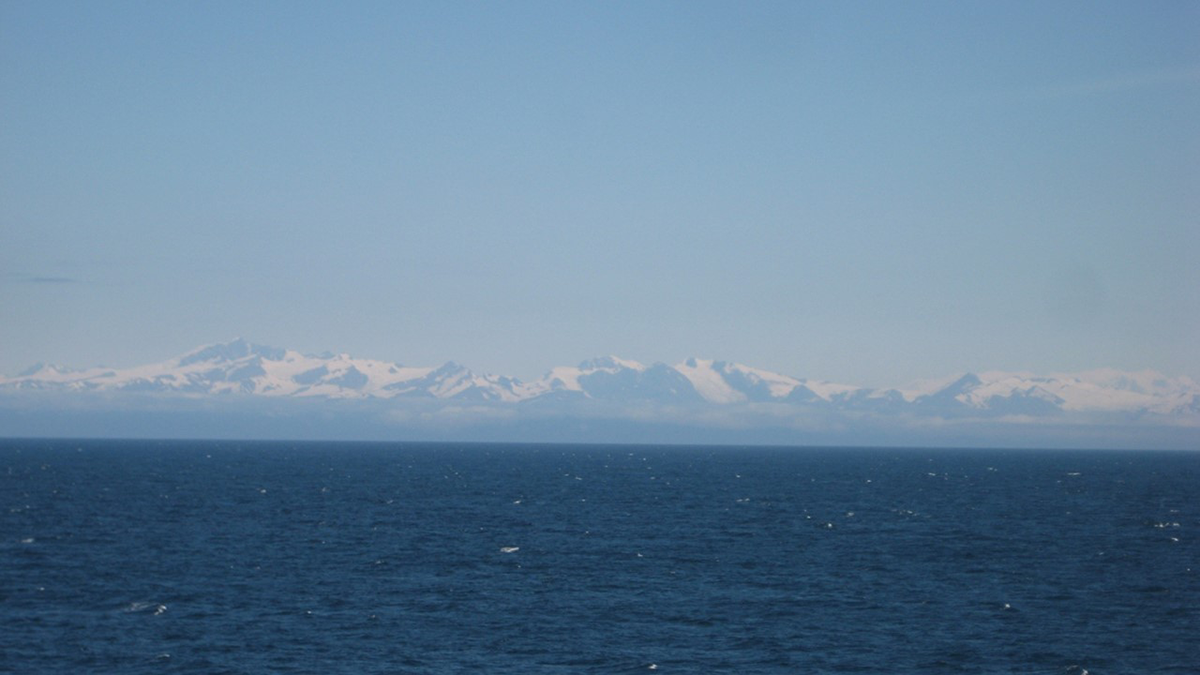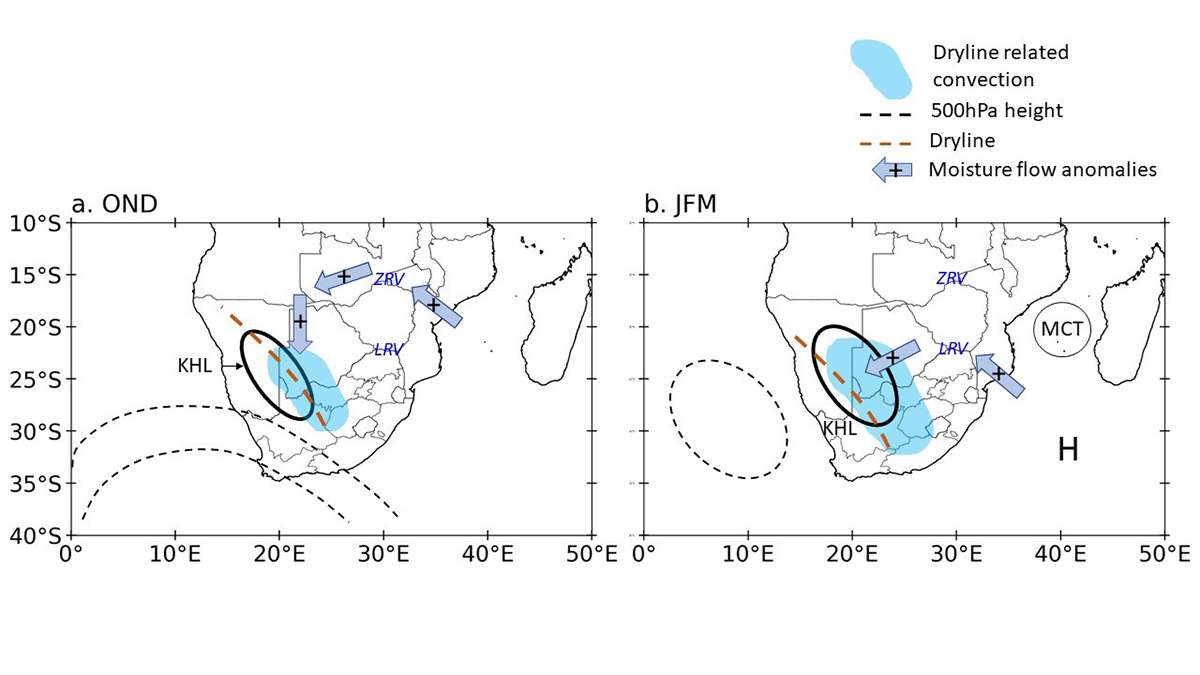A new study quantifies the tropospheric and surface impacts of extreme stratospheric wave events and evaluates their representation in state-of-the-art climate models.
everything atmospheric
Protein Powder Makes Ice Crystals Flower
Dust from Alaska is particularly effective at forming ice crystals because it contains biological components, researchers believe. The finding has implications for cloud physics and our planet’s climate.
Unexpected Consequences of Solar Geoengineering
Solar engineering is not a substitute for mitigation, and concerns about its risks and unintended impacts are supported by the recent discovery of overlooked atmospheric chemical feedback.
Observing the Impact of Convective Aggregation on Water Vapor
Remote sensing measurements for water vapor isotopic composition enable us to assess how convective aggregation influences the atmospheric hydrological cycle.
Marine Sediments Reveal Past Climate Responses to CO2 Changes
Climate records stored in marine sediments reveal different ice sheet and ocean responses to falling atmospheric CO2 concentrations from the warm Pliocene to the ice ages of the Pleistocene.
Dryline-Induced Thunderstorms Over the Southern Africa Plateau
Scientists present the first comprehensive study of dryline formation and associated thunderstorms over the southern African plateau from 2010 to 2021.
Probing Rare Hot Plasma Flows in the Upper Atmosphere
Postmidnight flows appear to be triggered by the same mechanism that drives more frequently observed evening flows.
Wet Conditions Delay Wildfire Detection
When accompanied by a considerable amount of rainfall, ignition of wildfire by lightning over forested land may not be detected until days later.
When It’s Too Hot for Fans
Electric fans keep vulnerable people cool in a warming world. But new research shows there are increasing numbers of hours when—and places where—using fans may be dangerous.
Earth’s “Third Pole” and Its Role in Global Climate
The Tibetan Plateau is a major force in the global climate system and a hot spot for climate change. A new review summarizes the state of knowledge and identifies research needs related to the region.










